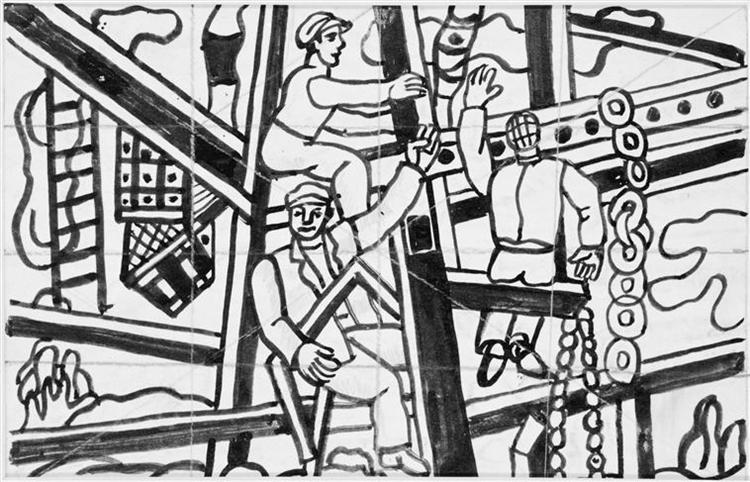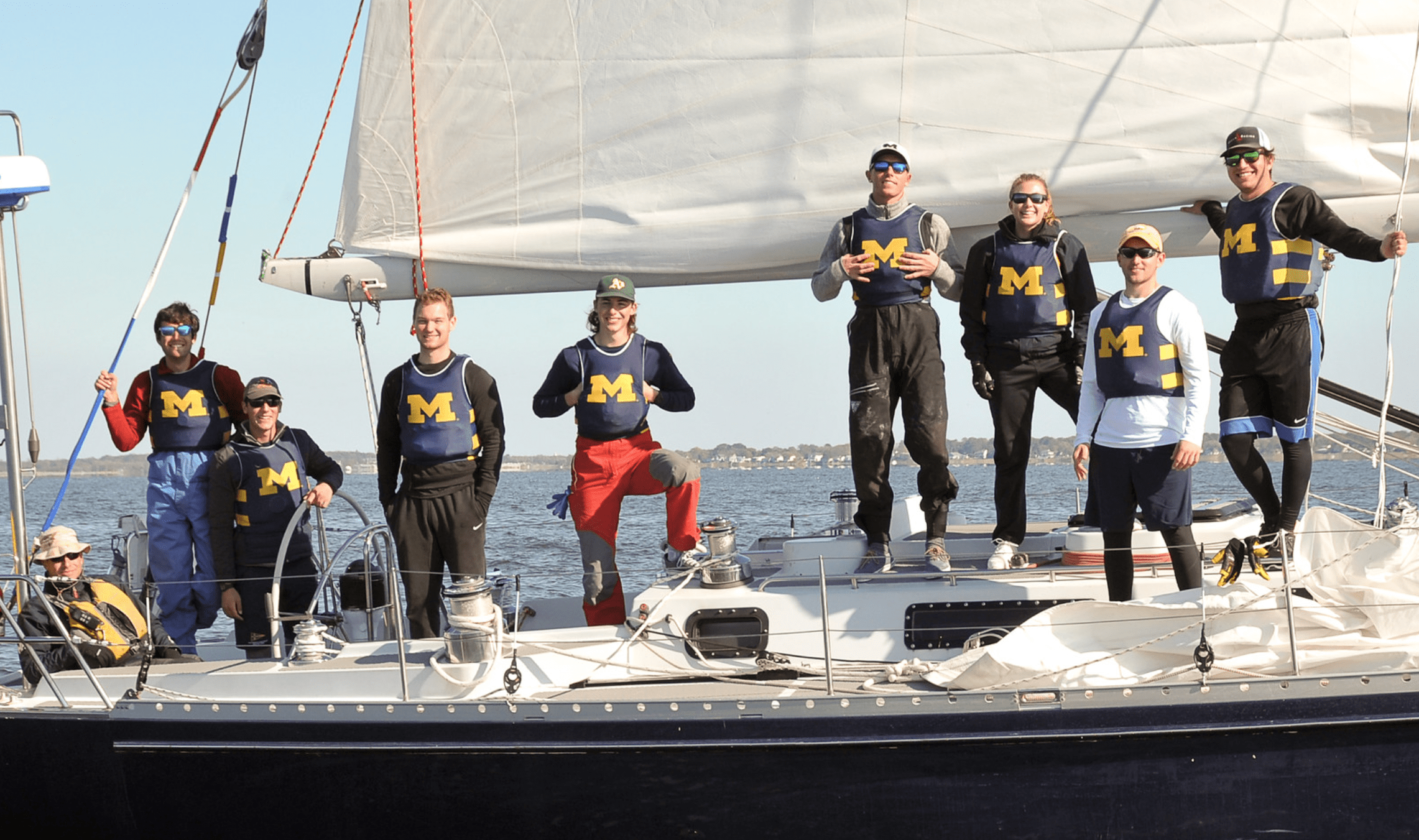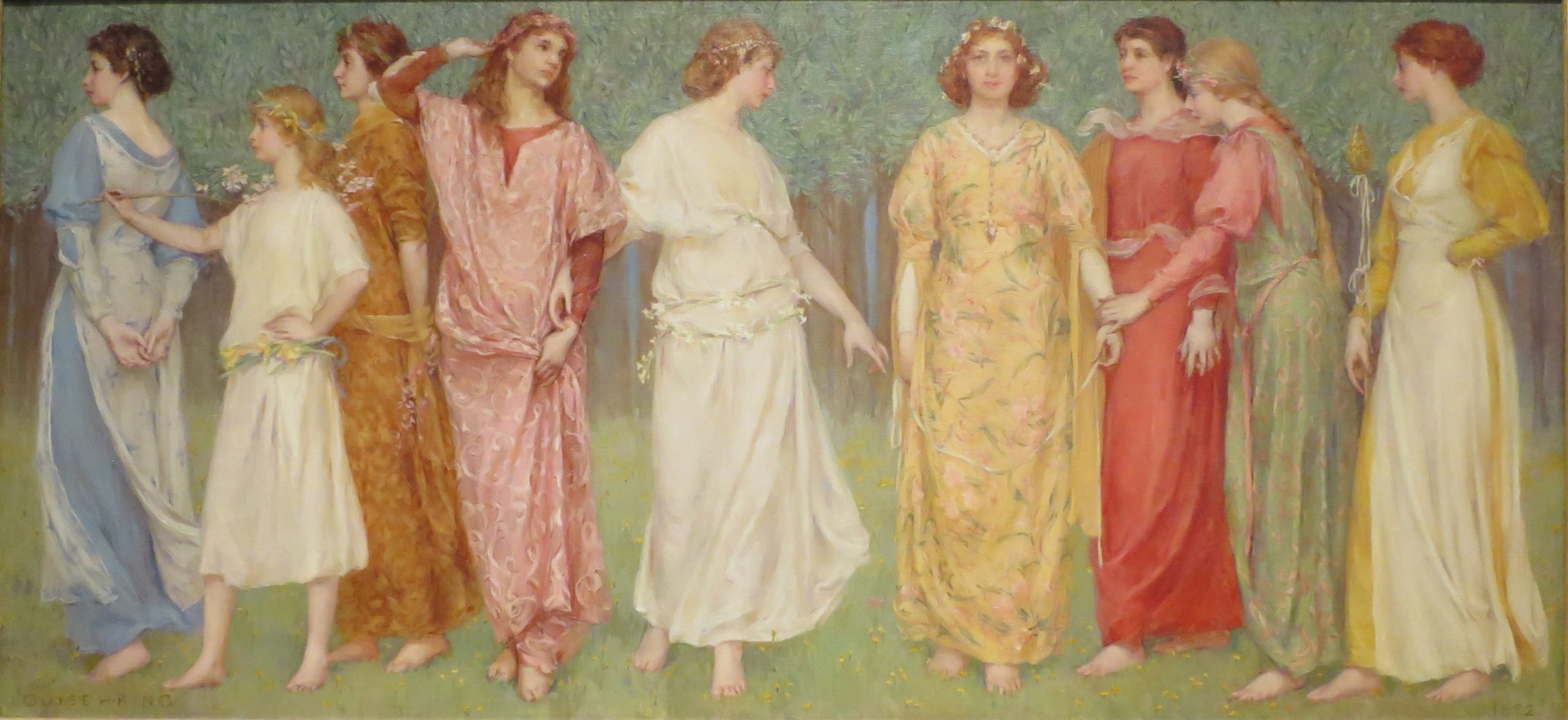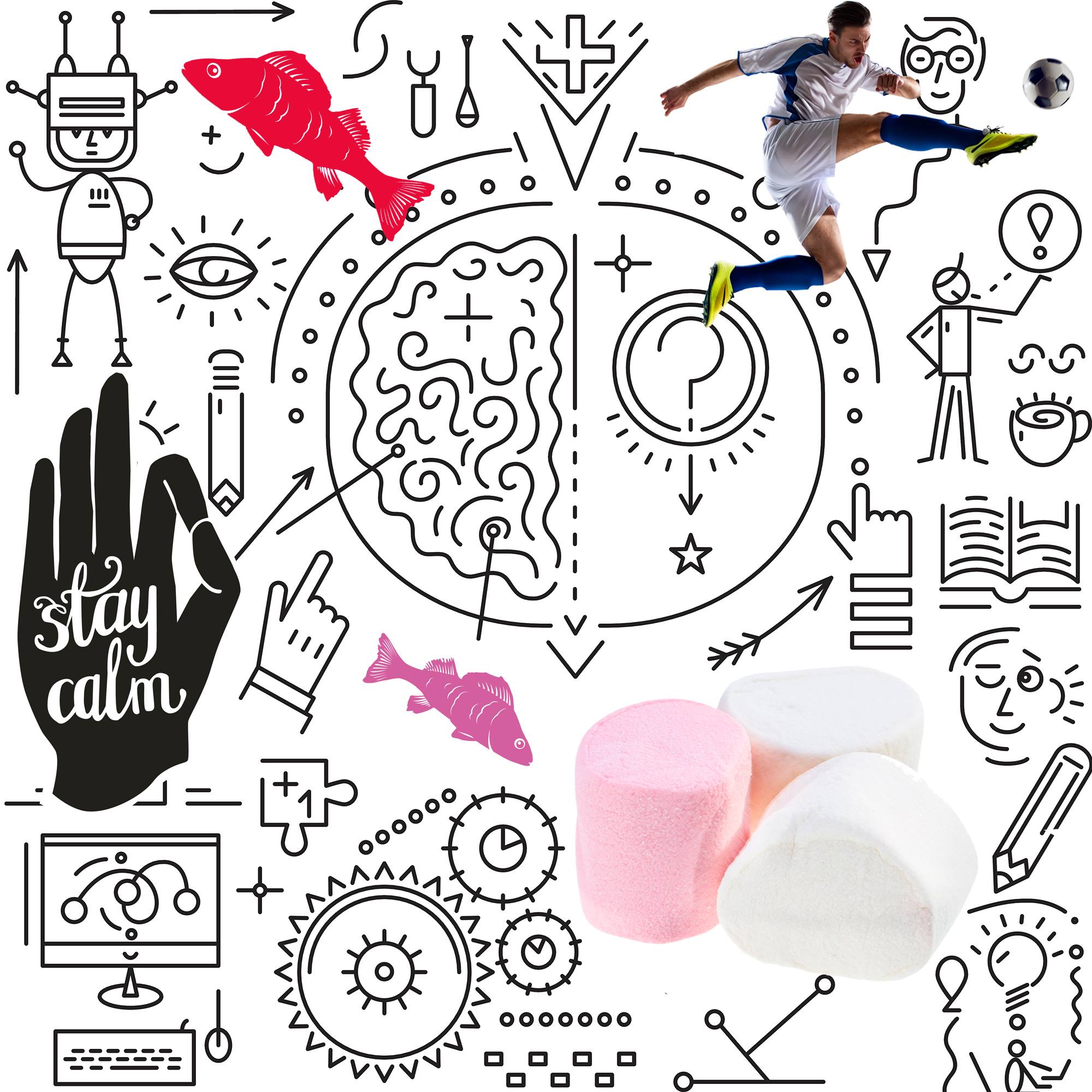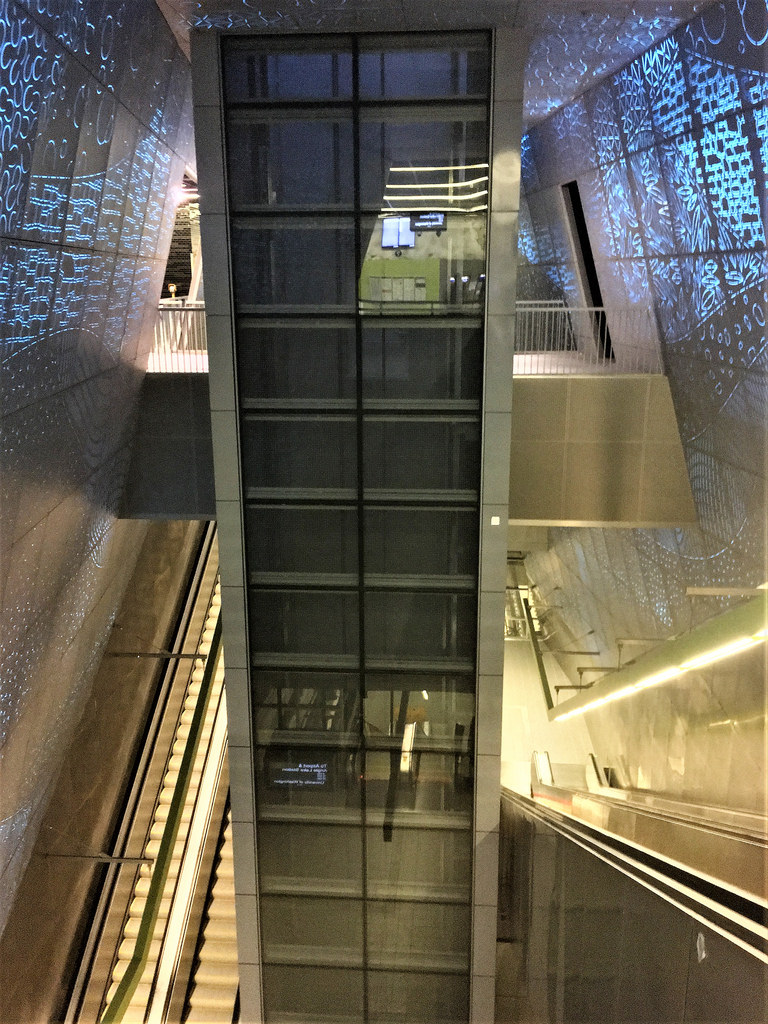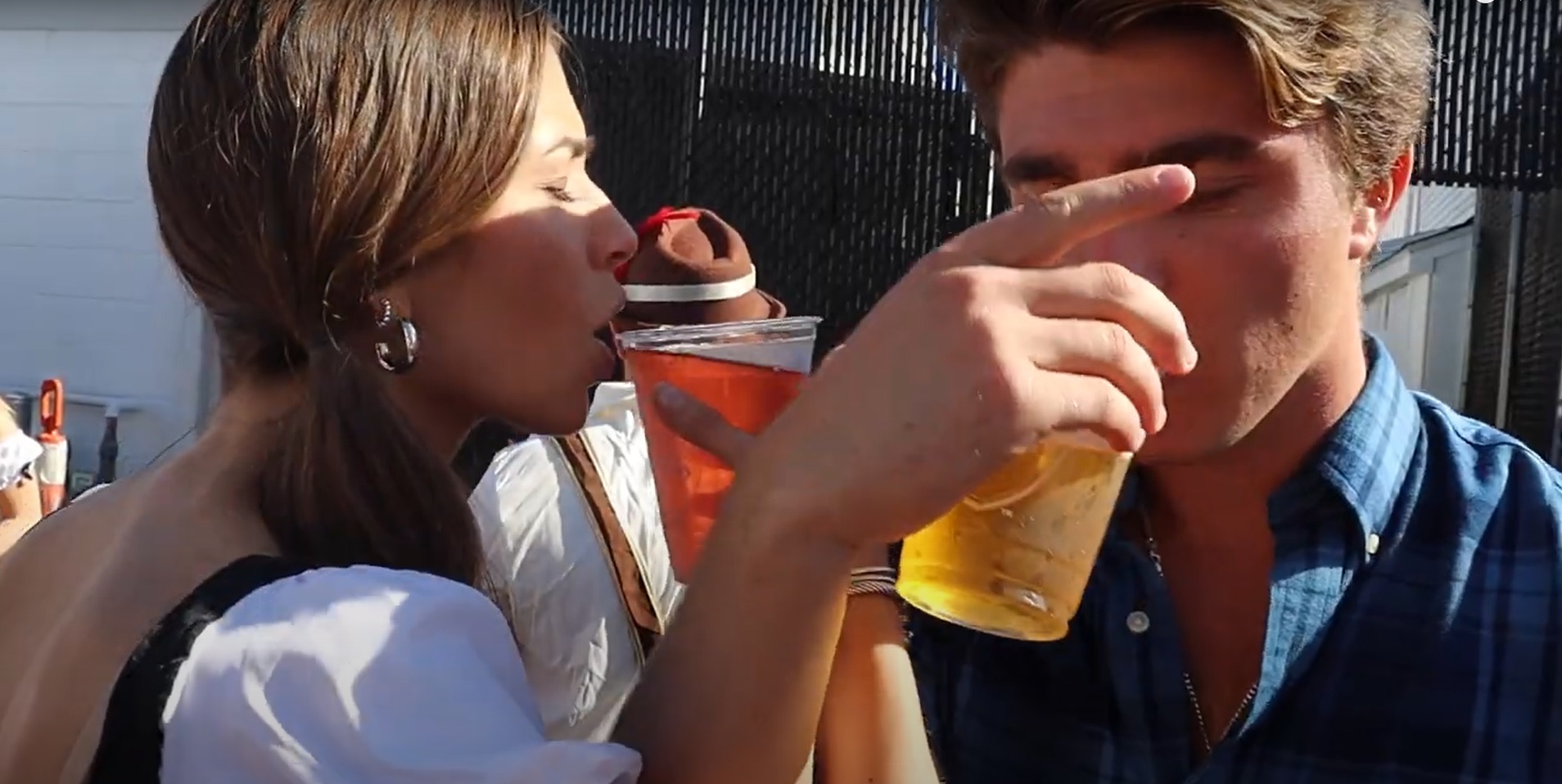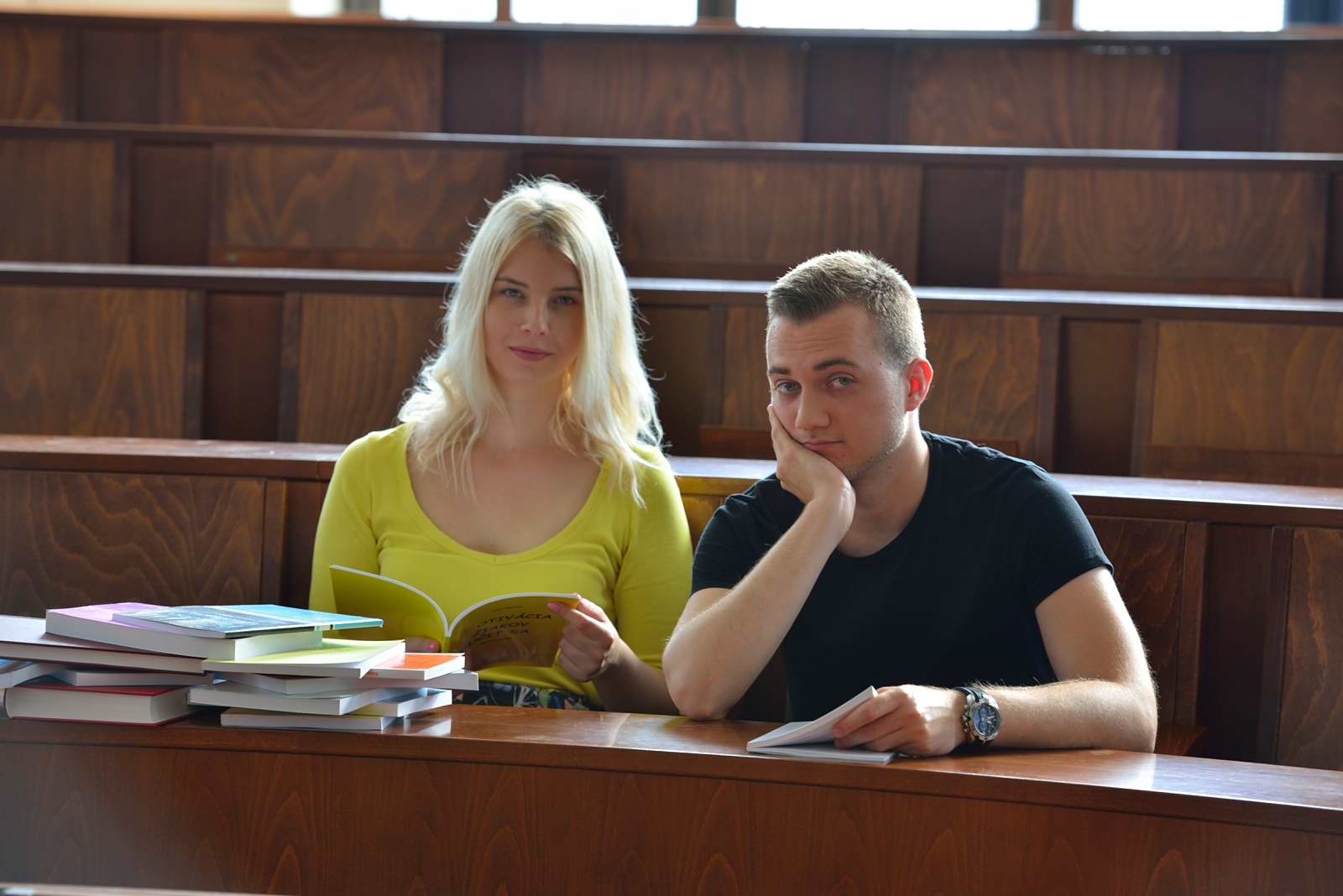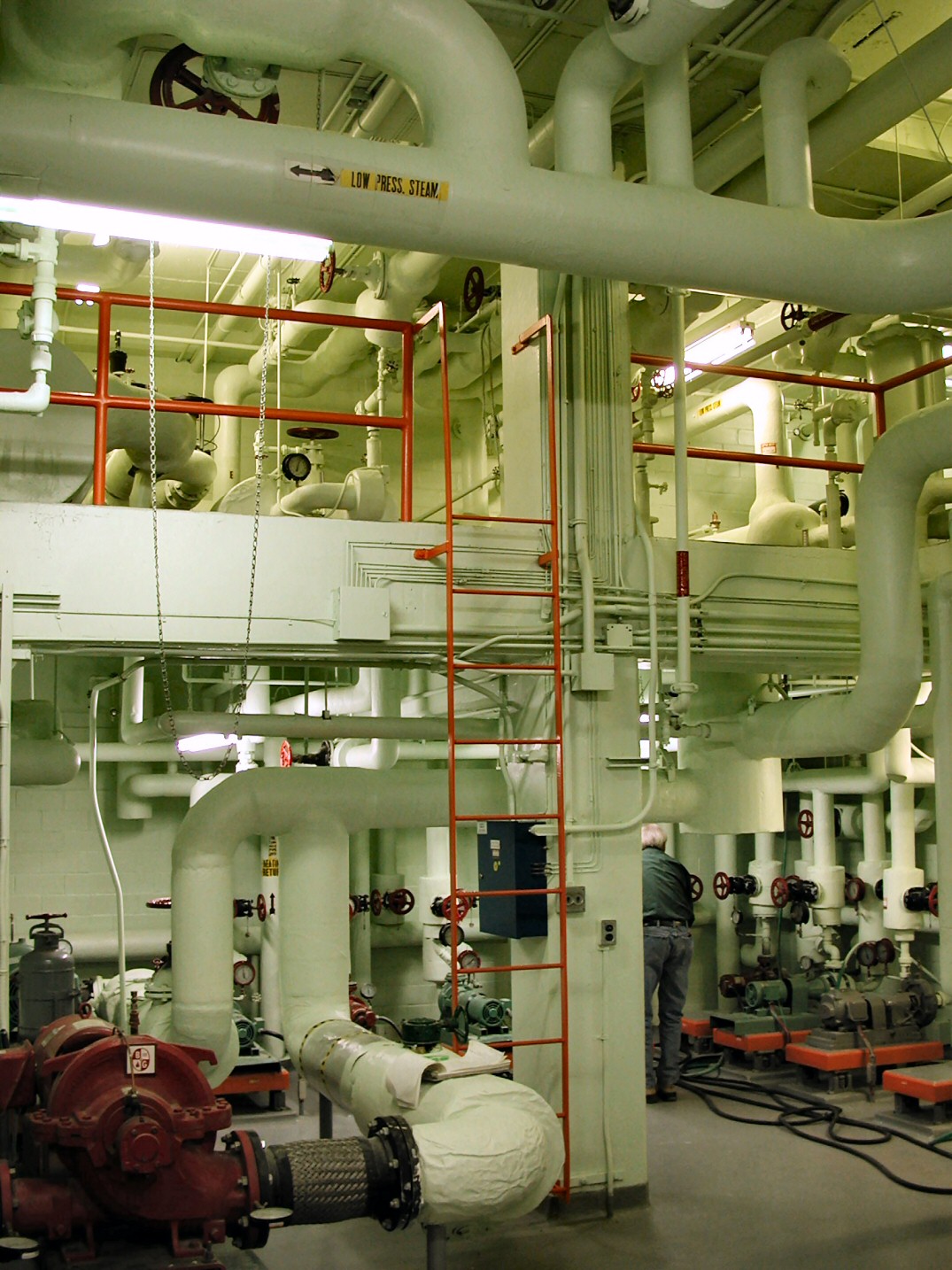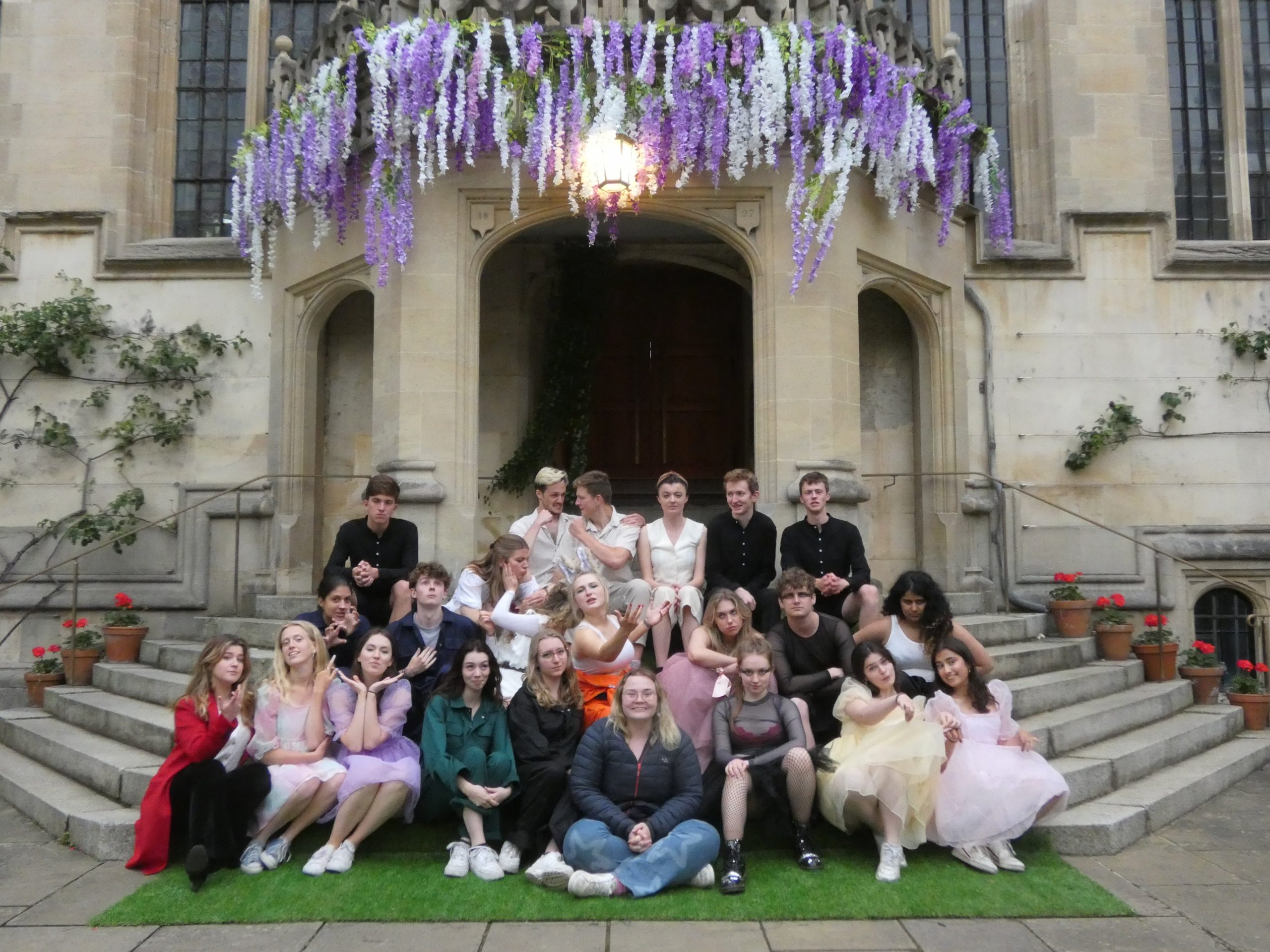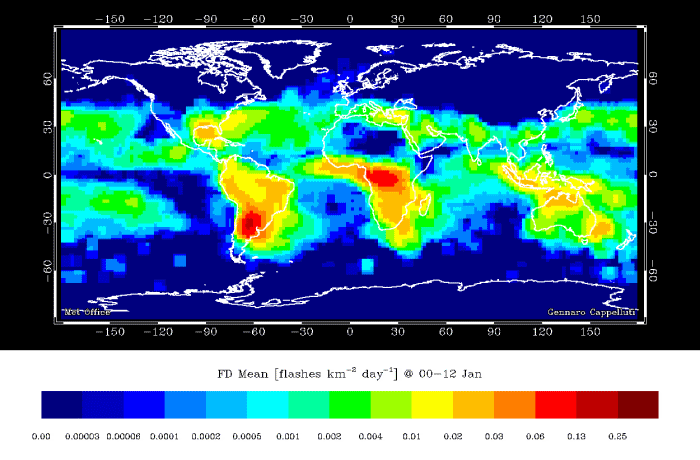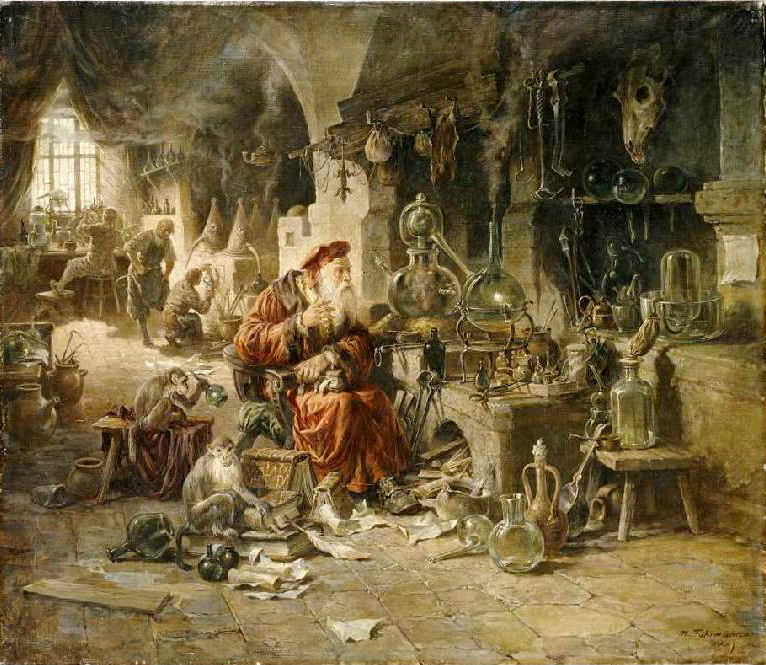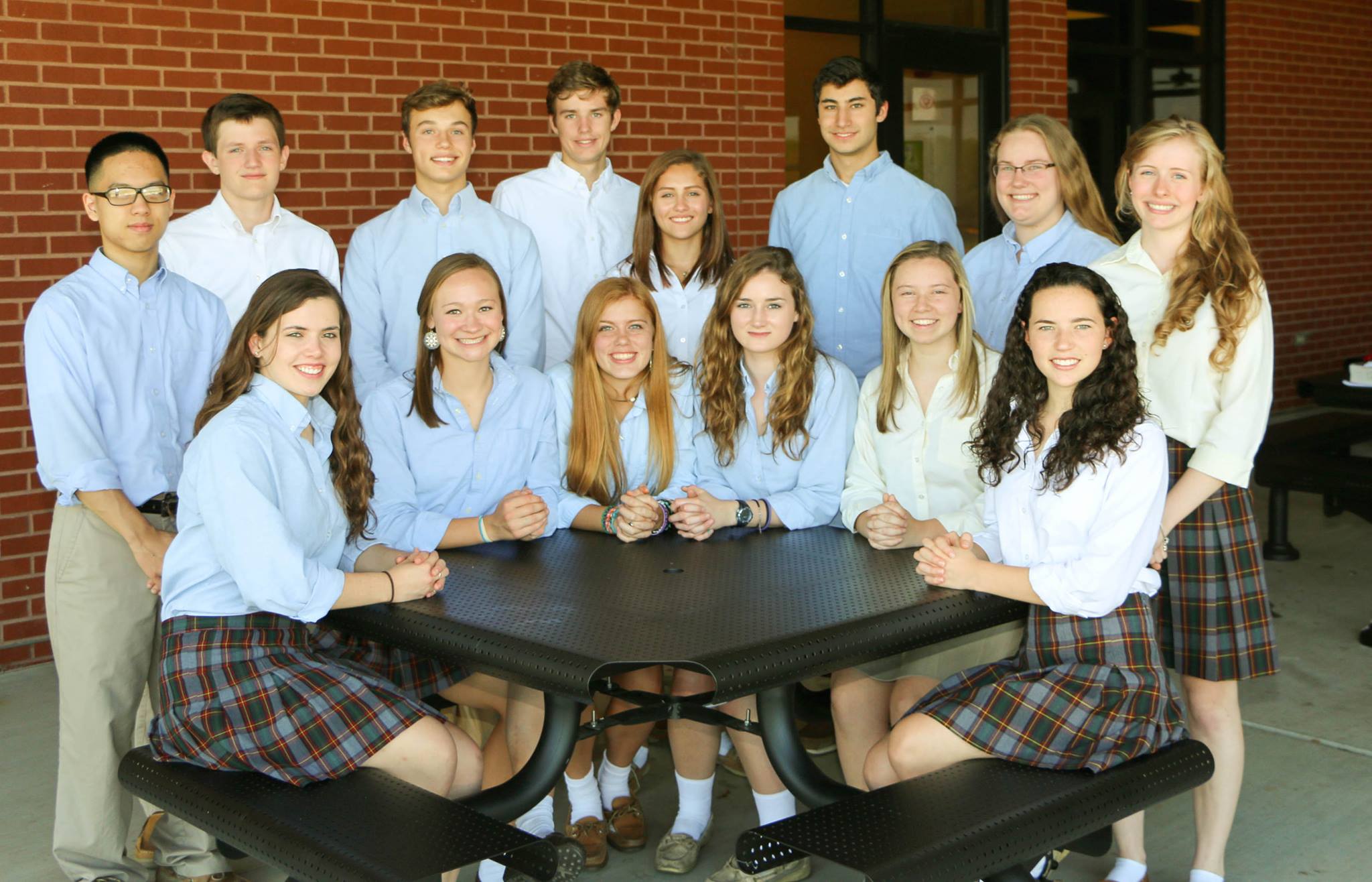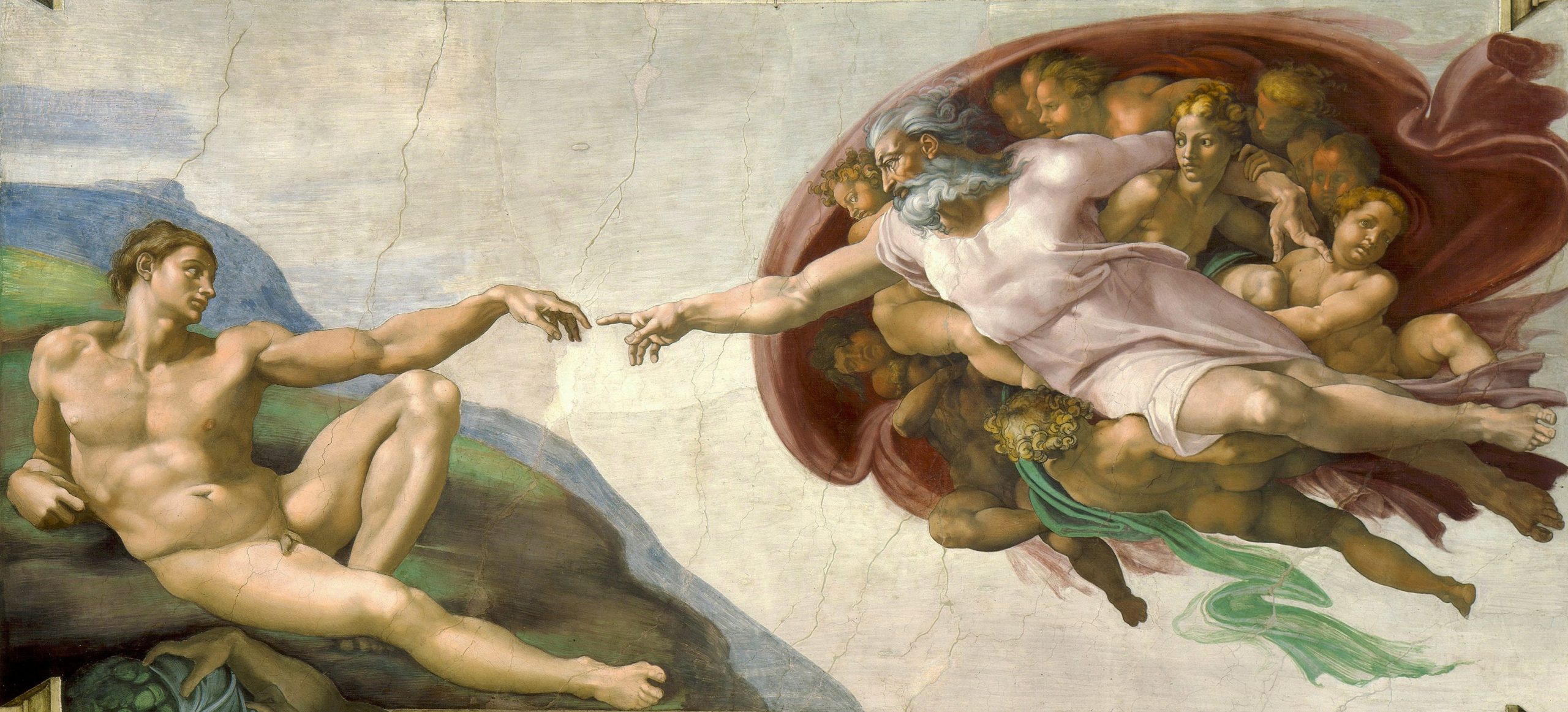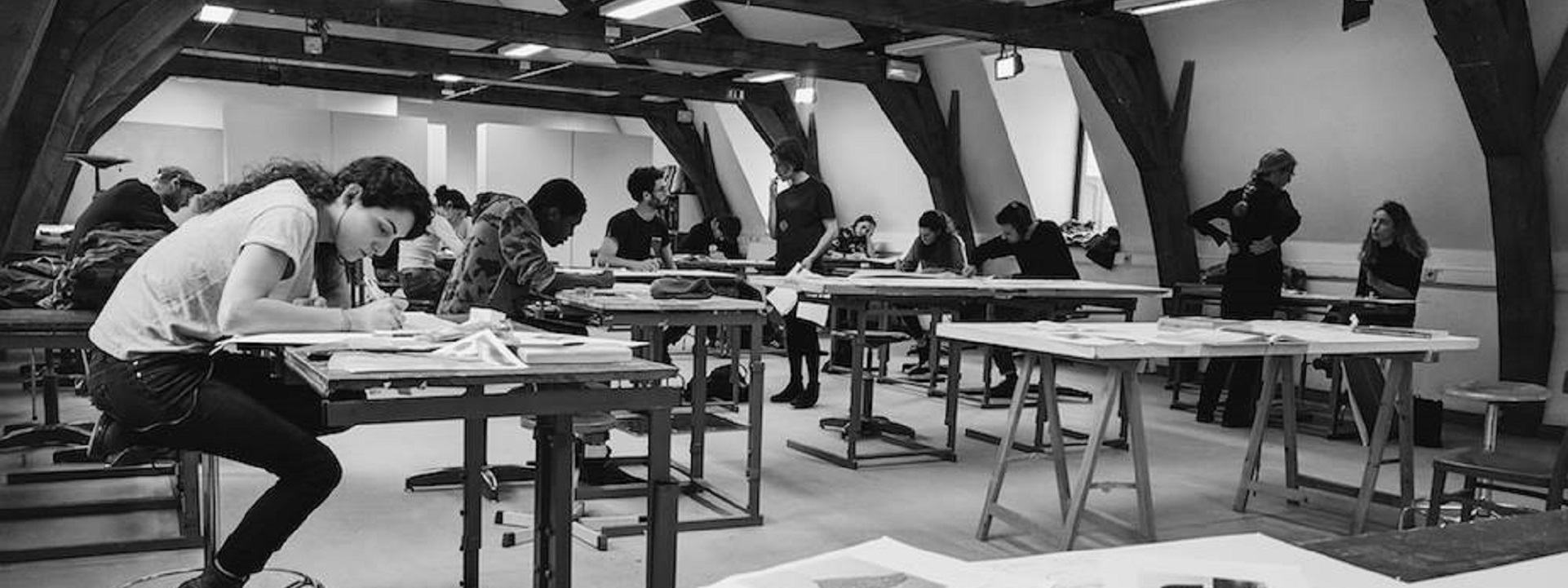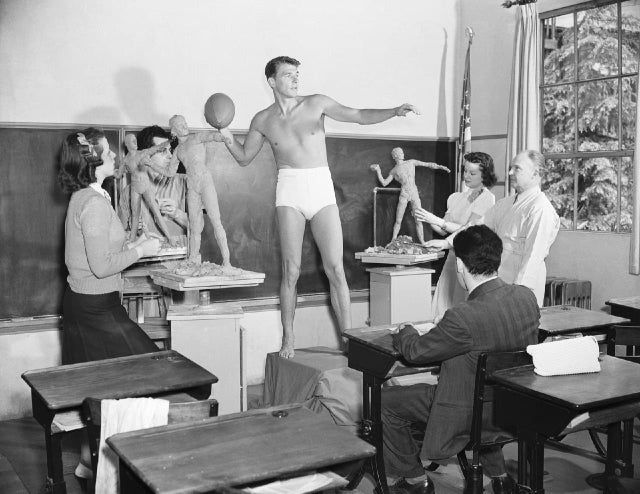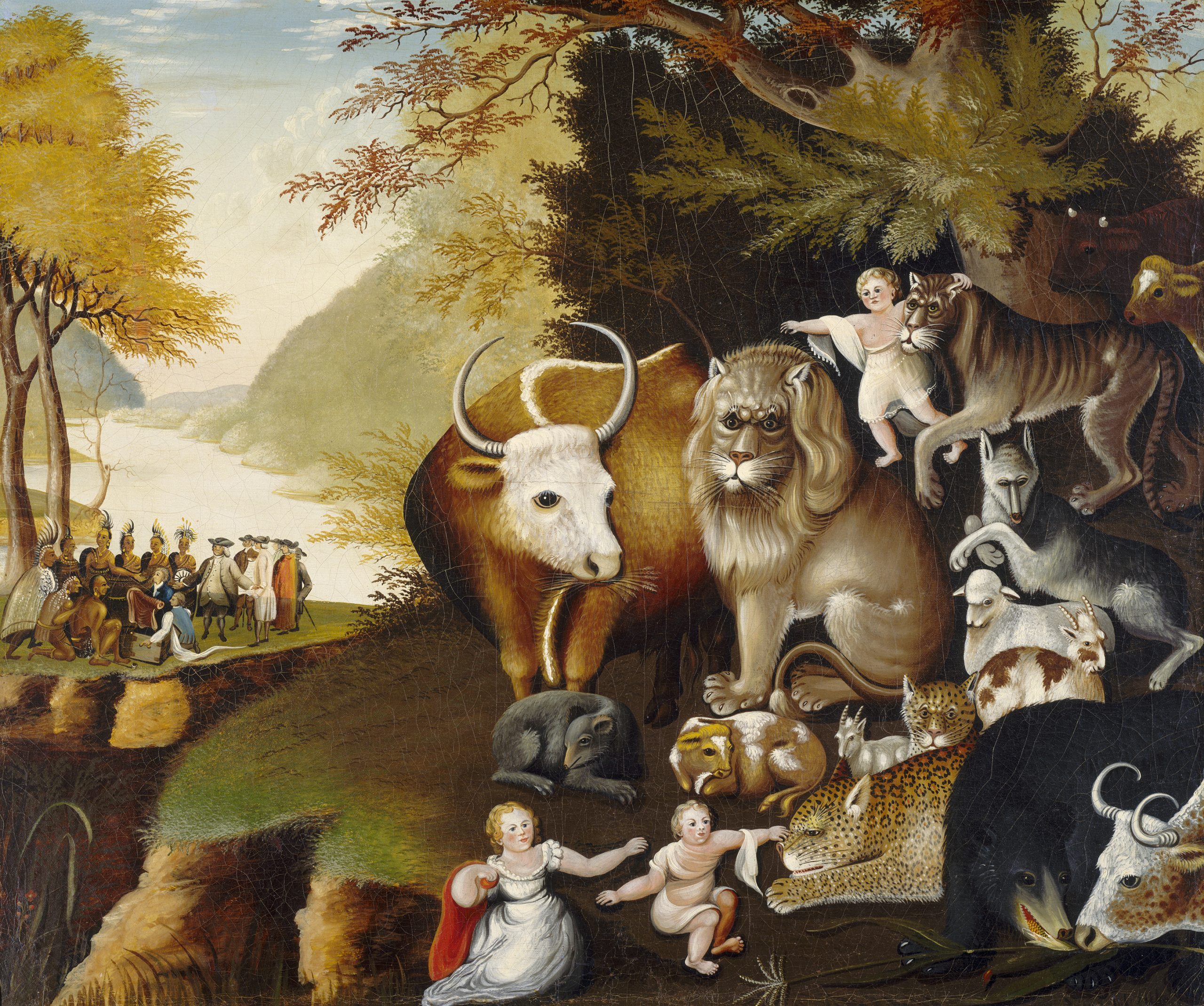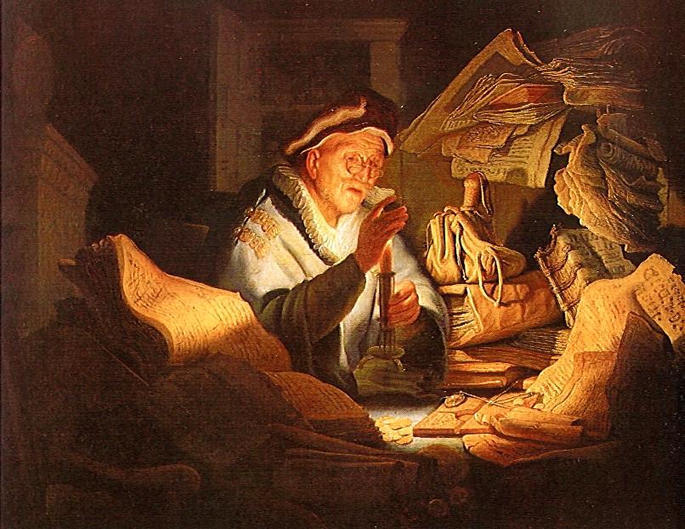
Radon
Chemical and gas hazards in school buildings can pose significant risks to students, staff, and visitors. Below is a list of common chemical and gas hazards found in school environments, based on information from sources like the CDC, EPA, and other safety resources:Chemical HazardsCleaning Supplies and Disinfectants Examples: Bleach, ammonia, quaternary ammonium compounds, floor strippers, and degreasers.
Risks: Skin irritation, respiratory issues, eye damage, or toxic reactions if mixed (e.g., bleach and ammonia creating chlorine gas).
Location: Custodial closets, classrooms, restrooms, and kitchens.
Laboratory Chemicals Examples: Acids (e.g., hydrochloric acid), bases (e.g., sodium hydroxide), solvents (e.g., ethanol, acetone), and reagents used in science labs.
Risks: Burns, poisoning, fires, or explosions if mishandled or improperly stored.
Location: Science laboratories and storage rooms.
Art Supplies Examples: Paints, glues, solvents, dyes, and aerosols containing volatile organic compounds (VOCs).
Risks: Inhalation of fumes, skin contact irritation, or long-term exposure effects.
Location: Art classrooms and studios.
Pesticides and Herbicides Examples: Insecticides, rodenticides, and weed killers used for pest control or grounds maintenance.
Risks: Toxicity, allergic reactions, or environmental contamination.
Location: Groundskeeping storage, cafeterias, or applied areas like athletic fields.
Asbestos Description: Found in older school buildings (pre-1980s) in insulation, floor tiles, or ceiling materials.
Risks: Inhalation of fibers can cause lung diseases, including mesothelioma.
Location: Older building materials, often disturbed during renovations.
Lead Description: Present in old paint (pre-1978) or plumbing systems.
Risks: Neurological damage, developmental issues, especially in young children.
Location: Painted surfaces, water pipes, or solder in older buildings.
Formaldehyde Description: Found in pressed wood furniture, carpets, or preserved specimens in biology labs.
Risks: Respiratory irritation, potential carcinogen with long-term exposure.
Location: Classrooms, labs, or new furniture installations.
Mercury Description: Found in old thermometers, barometers, or fluorescent bulbs.
Risks: Toxic if spilled or inhaled, causing neurological and kidney damage.
Location: Science labs, storage rooms, or maintenance areas.
Gas HazardsCarbon Monoxide (CO) Source: Malfunctioning heating systems, gas-powered equipment, or vehicle exhaust near air intakes.
Risks: Poisoning, leading to headaches, dizziness, or death in high concentrations.
Location: Boiler rooms, kitchens, or poorly ventilated areas.
Carbon Dioxide (CO2) Source: Overcrowded or poorly ventilated classrooms, or dry ice used in experiments.
Risks: Drowsiness, difficulty breathing, or asphyxiation in extreme cases.
Location: Classrooms, labs, or confined spaces.
Natural Gas Source: Leaks from gas lines, heaters, or appliances in kitchens or labs.
Risks: Fire, explosion, or asphyxiation.
Location: Kitchens, science labs, or mechanical rooms.
Radon Description: A naturally occurring radioactive gas that can seep into buildings from the ground.
Risks: Long-term exposure increases lung cancer risk.
Location: Basements or ground-floor rooms in areas with high radon levels.
Volatile Organic Compounds (VOCs) Source: Paints, adhesives, cleaning products, or new furnishings.
Risks: Eye, nose, and throat irritation, headaches, or long-term health effects.
Location: Newly renovated areas, art rooms, or custodial storage.
Chlorine Gas Source: Accidental mixing of cleaning chemicals (e.g., bleach and ammonia) or pool maintenance chemicals.
Risks: Severe respiratory irritation or poisoning.
Location: Custodial areas, swimming pools, or science labs.
Nitrogen Oxides (NOx) Source: Combustion from heating systems or nearby vehicle emissions.
Risks: Respiratory irritation or aggravation of asthma.
Location: Near HVAC systems or urban school locations.
Mitigation StrategiesVentilation: Ensure proper HVAC systems and regular maintenance to reduce gas buildup.
Storage: Store chemicals in locked, well-ventilated areas with proper labeling.
Training: Educate staff and students on safe handling and emergency procedures.
Monitoring: Use CO detectors, radon testing, and air quality monitors.
Maintenance: Regularly inspect and update old building materials (e.g., asbestos, lead).
Regulations: Follow OSHA, EPA, and local guidelines for chemical and gas safety.




